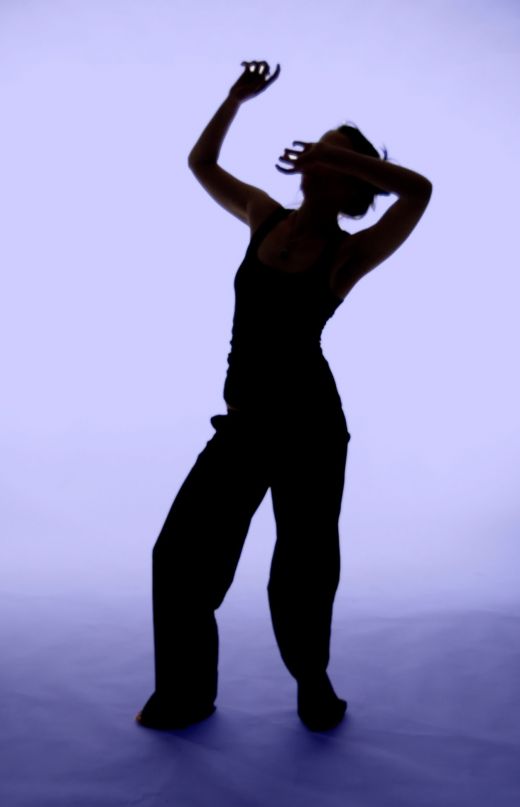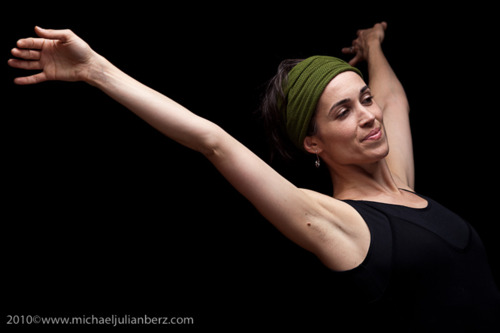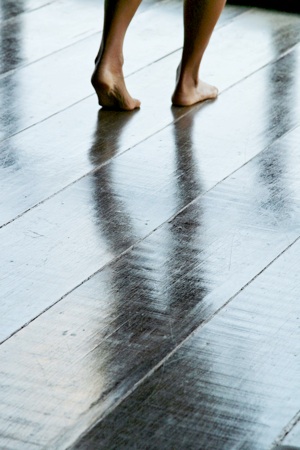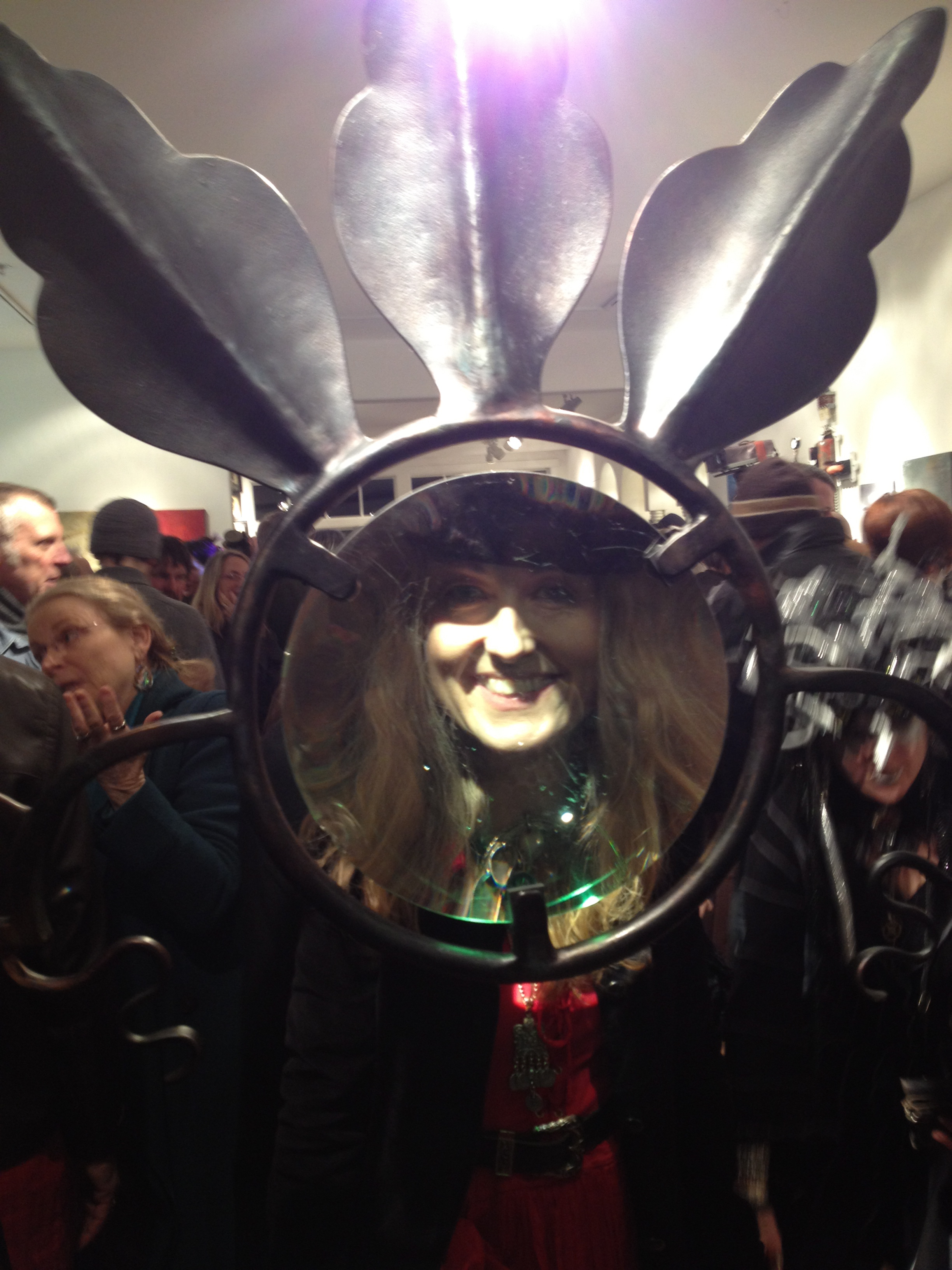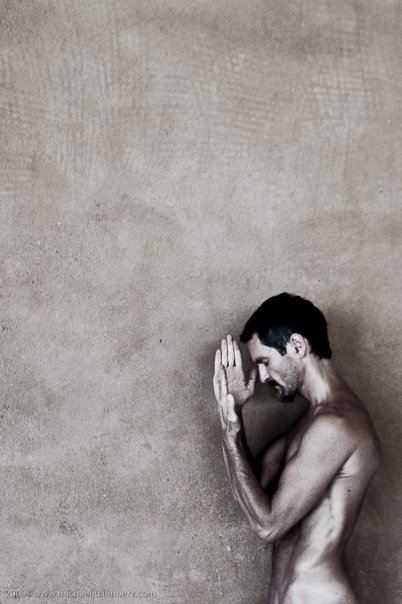The Healing Power of Expressive Movement, Somatic Awareness and Dance in Depth Psychological work lies in their ability to reconnect Body and Soul.
Everything alive moves and expresses itself through movement. Developments in neuroscience have validated that human emotion, thought, and image are truly inseparable from the life of the body. The lived and unlived life of the soul erupts into and ripples through the body, sculpting it and shaping it in form and symptom, often outside of our conscious awareness. Inpired by Marion Woodman, I use the word bodysoul to denote this seamless whole.
Dance-movement therapy is the intentional use of movement, dance, and body awareness by a trained psychotherapist to bring health and wholeness. It involves more than dancing in a studio by oneself or in a class. The added components involve linking the movement and somatic experiences to psychological and emotional experiences that are meaningful and relevant to the patient's life and individuation. An ongoing exploration of what lives in the body in a depth-oriented way can facilitate increased connection between the divided parts of oneself, moving a patient toward wholeness.
In ancient cultures, humans danced to express themselves, transform, and reconnect with nature, community, and the sacred. When given safety and permission, every body moves in natural rhythms and unwinds in patterns of wholeness. This is our birthright as humans. In western culture, this natural expressiveness is often discouraged and thwarted. Trauma and negative stress take tolls on the lived experience of the bodysoul.
Rediscovering the intelligence and expressiveness of the bodysoul as part of psychotherapy is integral to healing. At first, this may seem hard to envision. Consciously engaging the body's lived experience through movement can lead to powerful places of healing, confrontation with places that need further attention, and ultimately--integration.
Carl Jung's thoughts about the body-soul connection.
Some of Jung's patients used movement or dance to embody their dreams and to engage in active imagination. He encouraged those he worked with to access and interact actively with the contents of their bodies and fantasy life through art, dance, and other modalities as a way to make the contents of the unconscious conscious, available, useful, and relevant to the transformation process. Referring to this, he writes:
Any distinction between mind and body is an artificial one... In fact, so intimate is the intermingling of bodily and psychic traits that not only can we draw far-reaching inferences as to the constitution of the psyche from the constitution of the body, but we can also infer from psychic peculiarities the corresponding bodily characteristics. (CW 6, 916)
Since psyche and matter [body] are contained in one and the same world, and moreover are in continuous contact with one another and ultimately rest on irrepresentable, transcendental factors, it is not only possible but fairly probable, even, that psyche and matter [body] are two different aspects of one and the same thing. (CW 8, 418)
Authentic Movement
First we must work in our individual body, without seeking any escape, since this body is the very place where consciousness connects with Matter.
- The Mother, quoted by Satprem
Authentic Movement grew from Jung's work with active imagination. It is an embodied awareness practice developed in the mid-twentieth century by Mary Starks Whitehouse, a dancer and student / teacher of Jungian psychology. Mary focused on using dance and body movement as the medium of the active imagination process developed by Jung. She initially called her work the "tao of the body" and "movement in depth". Her work was developed further by her students Janet Adler and Joan Chodorow, who took Authentic Movement into the realms of spiritual practice and Jungian analysis, respectively.
In the context of embodied depth psychotherapy, Authentic Movement is used with specific goals in mind. Examples of goals would be to explore a physical symptom or sensation, internal conflict, inner image, personality part or imaginal figure; as a check-in or opening-to what is present in the moment; as a way to express what words cannot
How it works
Authentic Movement unfolds within the shared psychosomatic field between two (or more) people. In the context of psychotherapy, these two people are the patient, who is the one moving, and the therapist, who is the one witnessing. In the following paragraphs, I briefly explain these roles and the basic elements of the form.
Mover: In a free and protected space which is cleared of obstacles, a mover closes her eyes and focuses inwardly, listening with friendliness toward her body and psyche. As she takes her time to stretch and warm-up, she opens as best she can to her present experience with curiosity and patience. As she learns to become gradually more aware of her breath, inner sensations, thoughts, images, emotions, dream fragments, and physical symptoms, impulses to move and what is happening in her body attract her attention. She follows these impulses and interests into movement, stillness, sound, or silence. She is always in charge of what unfolds — free to follow it, engage with it in active imagination, surrender to it, or refuse it. She practices staying consciously aware of what she is doing while simultaneously surrendering to her experience—allowing herself to move and be moved. Movement can continue until she is ready to stop, or until an agreed upon period of time has passed - this could be a minute, five minutes, or 15 - 20 minutes within the structure of a psychotherapy session.
Witness: During this movement process, the witness sits to the side of the movement space with her eyes open. She carefully tracks the mover while also noticing her own inner embodied experience. She keeps the time, and ensures the safety of the mover. Like the mover, the witness holds an attitude of interest and non-judgment toward all that arises in the shared field. The loving and compassionate presence of the witness is a crucial part of the process, creating a "container" into which personal memories, shadow material, collective, and transpersonal experiences of the mover can be received and contained. When the mover is finished moving, or at the end of an agreed-upon time which has been arranged together before the movement starts, the witness lets the mover know that it is time to bring her movement experience to a close.
The mover gradually brings her movement to completion, opens her eyes, and joins the witness. At this point, a number of things may happen: the mover may immediately wish to speak about her experience of moving with the witness, or she may want to speak after she has had the opportunity to draw, paint, work with clay, or write. She may want to work with one of these other modalities in order to express, amplify, or record some aspect of the movement journey. Work with art materials or writing can help to capture what has been gleaned, give it a life of its own, and ground it in memory / daily life. The material that arises during Authentic Movement is often very illuminating and helpful in the psychotherapy process, adding an embodied dimension to what has been talked about, often uncovering unthought-of or unknown aspects of experience and deepening the connection between body and soul.
Benefits and Applications
In the arts Authentic Movement is used to inform, expand, and vitalize creative process.
In psychological work Authentic Movement provides a direct link to the unconscious, including the archetypes, dreams, and personal history stored in the body, giving form to that which words can’t access, but which must be known.
As spiritual practice Authentic Movement offers the possibility of a direct, embodied experience of the numinous, as mystical posture and gesture unfold from deepest Source.
In physical healing Authentic Movement creates a space where deep listening to and moving with body symptoms can lead to insight and information about those symptoms and what underlies them, generating meaningful action toward wholeness.
In the tradition of mindfulness Authentic Movement offers a respectful and non-blaming template for speaking from embodied experience. Because Authentic Movement takes place in a context of relationship - between a mover and a witness - it offers the opportunity both to be and to see one’s self more clearly in the presence of another.

